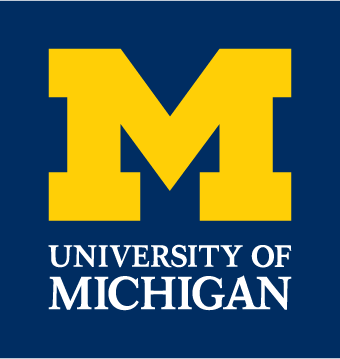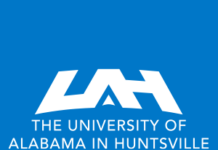 In 2006, voters in Michigan overwhelming approved Proposal 2 which prohibited the use of race in admissions decisions. After several legal challenges, the U.S. Supreme Court upheld the voters’ decision. As a result, state-operated colleges and universities in Michigan are not permitted to consider race in admissions decisions.
In 2006, voters in Michigan overwhelming approved Proposal 2 which prohibited the use of race in admissions decisions. After several legal challenges, the U.S. Supreme Court upheld the voters’ decision. As a result, state-operated colleges and universities in Michigan are not permitted to consider race in admissions decisions.
In 2005, the year before the voter referendum in Michigan which banned affirmative action, officials figures show that blacks made up 7.2 percent of the first-year class at the University of Michigan. In 2014, Blacks made up 3.7 percent of the incoming class.
Prohibited from using affirmative action in admissions, the University of Michigan is embarking on a new effort to seek out and recruit low-income students. Although race cannot be considered, many of the low-income students who will be targeted will be African Americans and other minorities.
The university will prepare a step-by-step guide on the admissions process and vouchers will be provided to eliminate application fees. In addition, for the next two years the university is offering the High Achieving Involved Leader (HAIL) scholarship program which provides four years of free tuition and eliminates most fees.
 Kedra Ishop, associate vice president for enrollment management at the University of Michigan, said that “there is lots of research indicating high-achieving, low-income students do not apply to selective colleges at the same rate as their higher-income peers. Despite our best efforts, one of the reasons is a lack of information, especially about costs. So we decided to develop a new approach to sharing this important information, try it for two years and measure the outcome.”
Kedra Ishop, associate vice president for enrollment management at the University of Michigan, said that “there is lots of research indicating high-achieving, low-income students do not apply to selective colleges at the same rate as their higher-income peers. Despite our best efforts, one of the reasons is a lack of information, especially about costs. So we decided to develop a new approach to sharing this important information, try it for two years and measure the outcome.”











